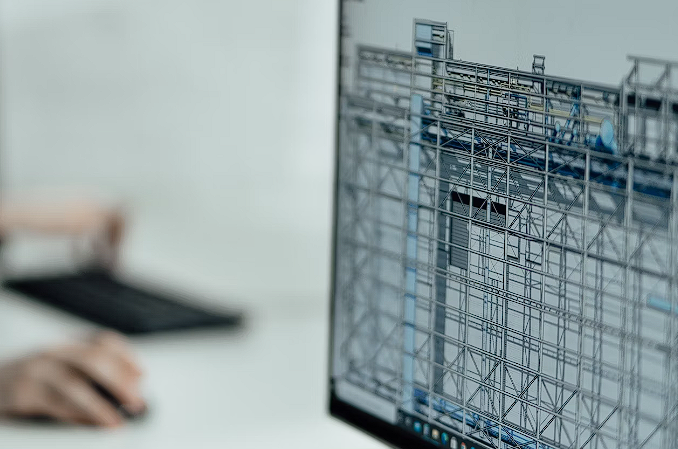In the rapidly evolving landscape of construction, Building Information Modeling (BIM) has emerged as a transformative force, reshaping the way projects are designed, planned, and executed. BIM represents a paradigm shift in construction methodologies, leveraging digital technology to revolutionize the entire project lifecycle. Let’s delve into why BIM stands as a pivotal factor shaping the construction industry.
Enhanced Collaboration and Communication
BIM fosters collaboration among stakeholders. By creating a centralized digital model, architects, engineers, contractors, and clients collaborate seamlessly, reducing errors and enhancing communication throughout the project.
Precision in Design and Planning
BIM ensures precision from inception. Its 3D modeling capabilities enable accurate visualization, allowing stakeholders to foresee potential challenges, make informed decisions, and optimize design before construction begins.
Streamlined Workflow and Efficiency
Efficiency is inherent in BIM. The digital model streamlines workflows, allowing for efficient project management, resource allocation, and timeline optimization, reducing delays and cost overruns.
Improved Cost Management and Sustainability
BIM optimizes cost-effectiveness. It facilitates accurate quantity take-offs, cost estimations, and lifecycle analyses, promoting sustainable design choices and minimizing waste during construction.
Clash Detection and Risk Mitigation
Early detection of clashes is a game-changer. BIM’s clash detection capabilities identify conflicts in systems or designs, mitigating risks and preventing costly rework during construction.
Data-Driven Decision Making
BIM empowers informed choices. By integrating data from various sources, it enables data-driven decisions, enhancing project predictability and enabling better risk management.
Construction Simulation and Visualization
Visualization enhances understanding. BIM offers construction simulation and visualization, enabling stakeholders to visualize the project’s progress and outcomes before construction begins.
As-Built Documentation and Facility Management
BIM extends beyond construction. It provides accurate as-built documentation for future facility management, ensuring efficient maintenance and operations post-construction.
Conclusion: Shaping the Future of Construction
Building Information Modeling stands as a revolutionary force shaping construction practices. Its transformative capabilities—from enhancing collaboration to precision design and cost optimization—underscore its indispensable role in the industry’s evolution.
As construction embraces innovation, BIM continues to revolutionize the industry, driving efficiency, sustainability, and precision, shaping a future where construction projects are executed with unprecedented accuracy and foresight.


